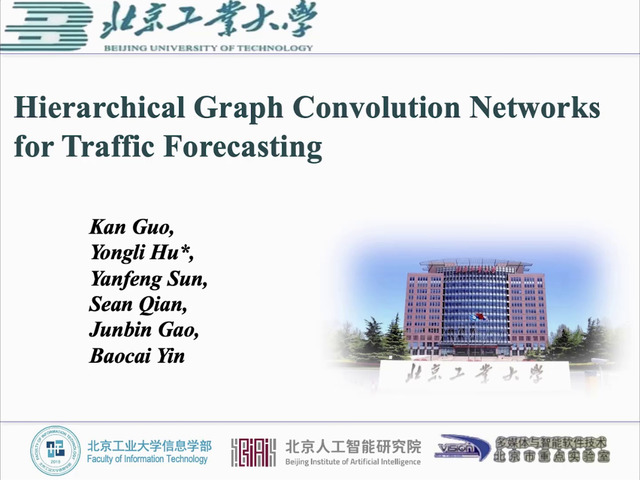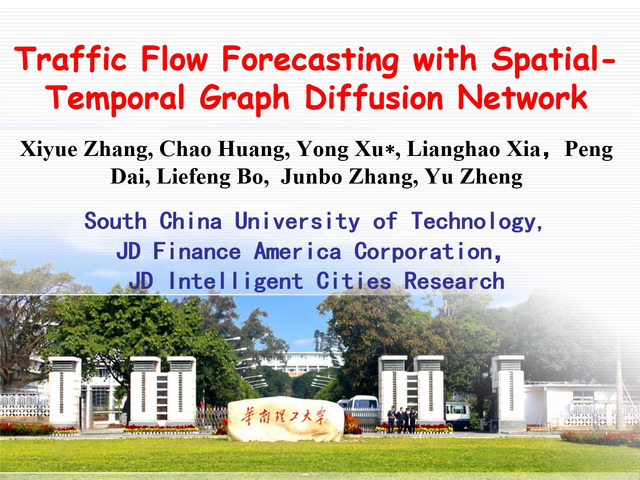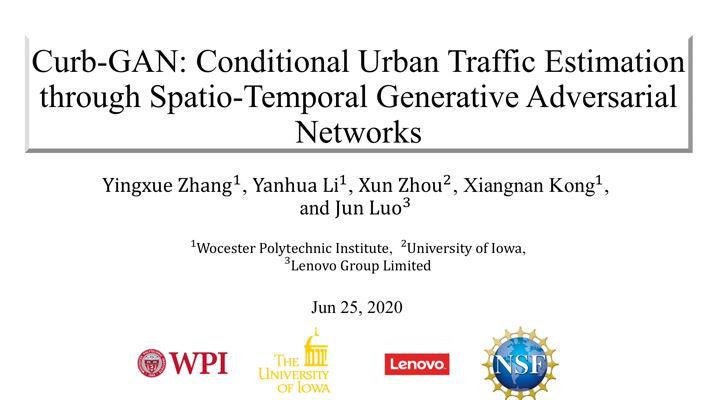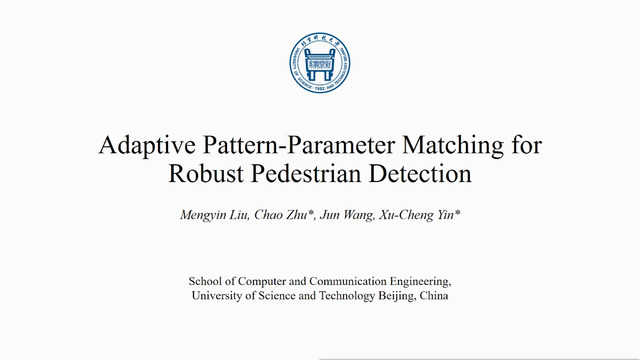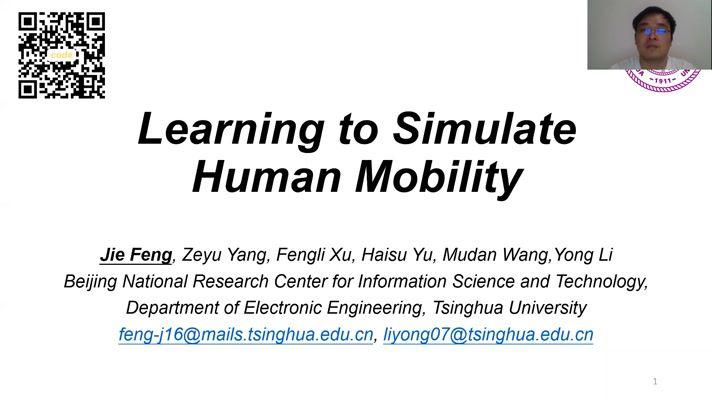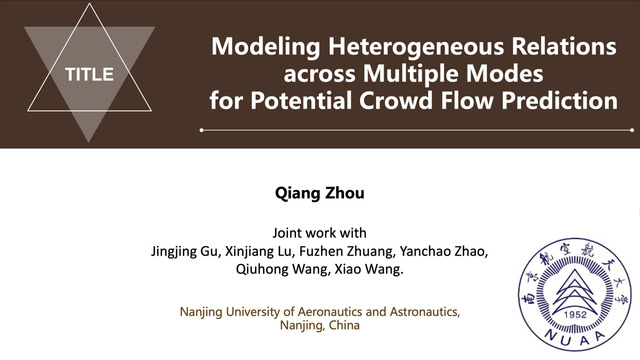Abstract:
Vehicular path flow (trajectories) is an important data source for smart mobility, from which many road traffic parameters can be inferred. However, it has been a long-existing challenge that single source of trajectory data is biased in terms of its spatiotemporal coverage. In this paper, we leverage two types of large traffic datasets - point flows and sample trajectories - to generate the full city-scale vehicular paths. Our method consists of a low-granularity data fusion (LGDF) module, which uses point flow data to estimate the sparse paths that pass through some specific links (where sensors are mounted), and a high-granularity model training (HGMT) component, which uses sample trajectory data to pre-train a bi-gram sequence generation model. Afterwards, the results from LGDF and HGMT are combined to produce detailed on-road spatiotemporal paths. In this way, the data safety of single trajectory is protected while the full-scale city traffic can be reproduced for transportation analytics. The proposed method is verified via real-data case studies. As a result, starting from August 2019, this method has been implemented in Alibaba’s city brain project and successively deployed in many cities in China for the purpose of traffic analysis and optimization.



